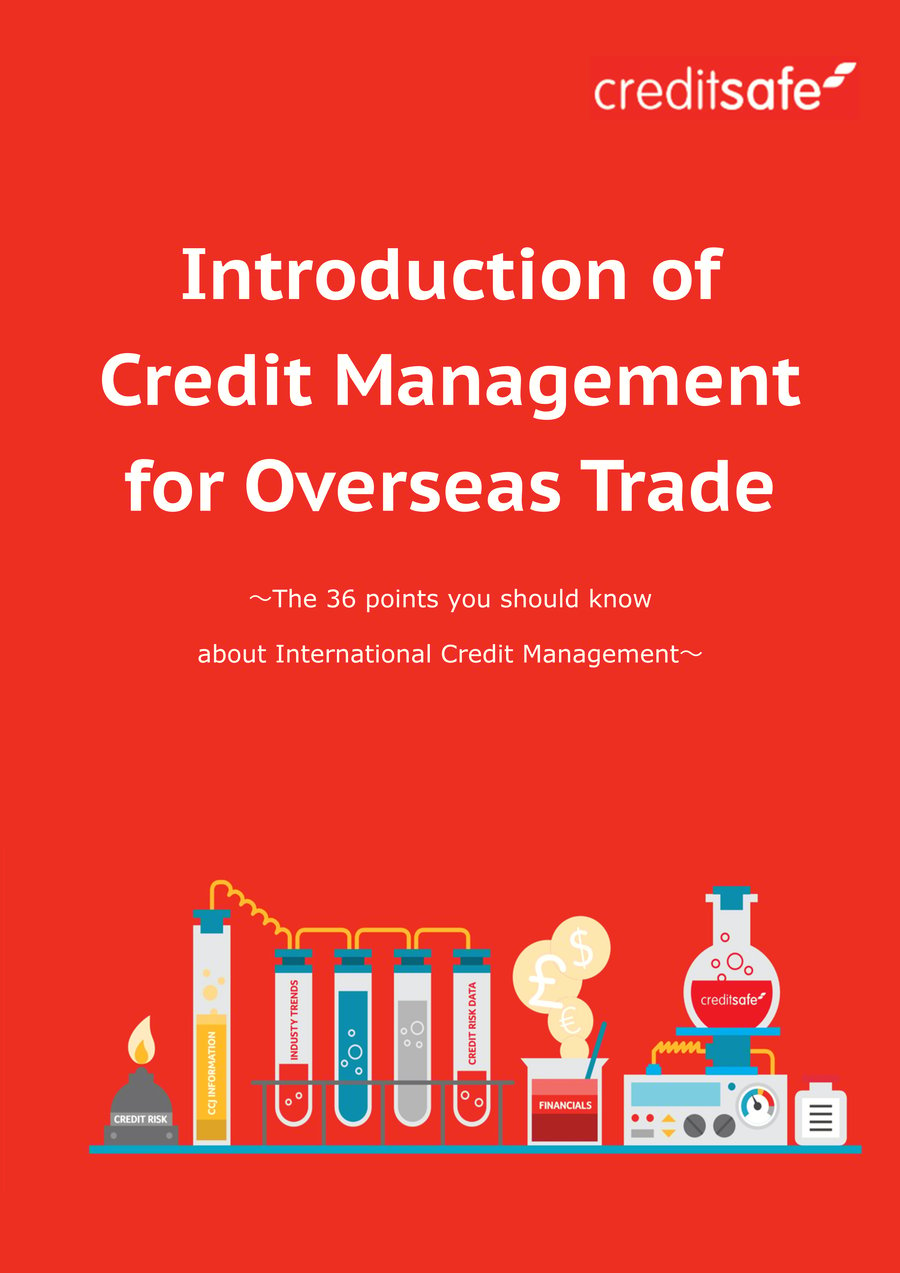If a foreign customer goes bankrupt, the first step is to identify the type of bankruptcy. Whether it is a legal arrangement or private arrangement, the way to hit is different.
In general, the proportion of legal arrangements is higher in developed countries. While the United States and Japan exceed 80%, most countries such as China and Asia have less than 50% and some countries have less than 10%.
In the case of legal arrangement, unless you are a major creditor, what you can do as a general creditor is limited. It is all about filing a claim form for claims coming from the trustee. Actually, whether or not there will actually be a dividend is not known but if claims are not filed, there will be no dividend. In most cases, there is no need for authentication or certification at the embassy for credit claim.
In many cases, the amount of claim is printed in the claim form from the beginning, so if the amount is correct, it is only necessary for the appropriate person to sign. If the amount is different, the correct amount may be entered and attach a contract or other document that can prove the amount of the claim and return it. Remember to charge for late interest too. As the total amount of the sum of the amount of the principal plus the interest increases, the amount of recovery often increases.
Since overseas trustees are cluttered with paperwork, they may not receive a claim form even though they are creditors. In that case, investigate the trustee in the company information report of CS and get in touch from here. If you do not know the trustee, you should tell the debtor directly or contact the court that has filed for legal arrangement.
Unlike legal arrangements involving courts, in the case of private arrangements, debt recovery action should be quick. First of all, it is important to confirm the fact of bankruptcy. Bankruptcy is just a name, there are cases in which business is being barely continued. Although it is basic to negotiate with the debtor and collect, it is necessary to immediately carry out the withdrawal of the company product in the case of an emergency.
What I have to worry about here is not a denial of transactions or fraudulent act but a crime of theft. Although denials of fraud and transactions is a civil case, theft is a criminal case and in the worst case, officials may be detained.
Also, in the case of a bankrupt debtor and in the case of a private arrangement, it is extremely rare to pursue fraudulent acts and the right of denial. Although there are differences depending on the laws of each country, basically, it is premised to obtain the other party's consent. You should be more careful about this than withdrawing your own products domestically. Especially in China, be careful. Consulting with a local lawyer before carrying out the withdrawal of your products is highly recommended.
If you cannot recover by negotiating or withdrawing your product, it is wise to give up. Of course, it is possible to file a lawsuit to acquire the debt name and force the debtor's property but, in most cases, there is no target asset.
Even companies with no significant assets will generate receivables if they continue operations, so it is customary to foreclose them but often they are already ahead of banks and local suppliers. Alternatively, bank account foreclosures are also common, but this is also likely to be ahead.
Having filed a lawsuit after knowing the bankruptcy, it cannot win local creditors. In that sense, it is important to prepare for a contingency by preparing a fair certificate with a statement of compulsory enforcement approval and a notice of transfer of claims from ordinary times.
